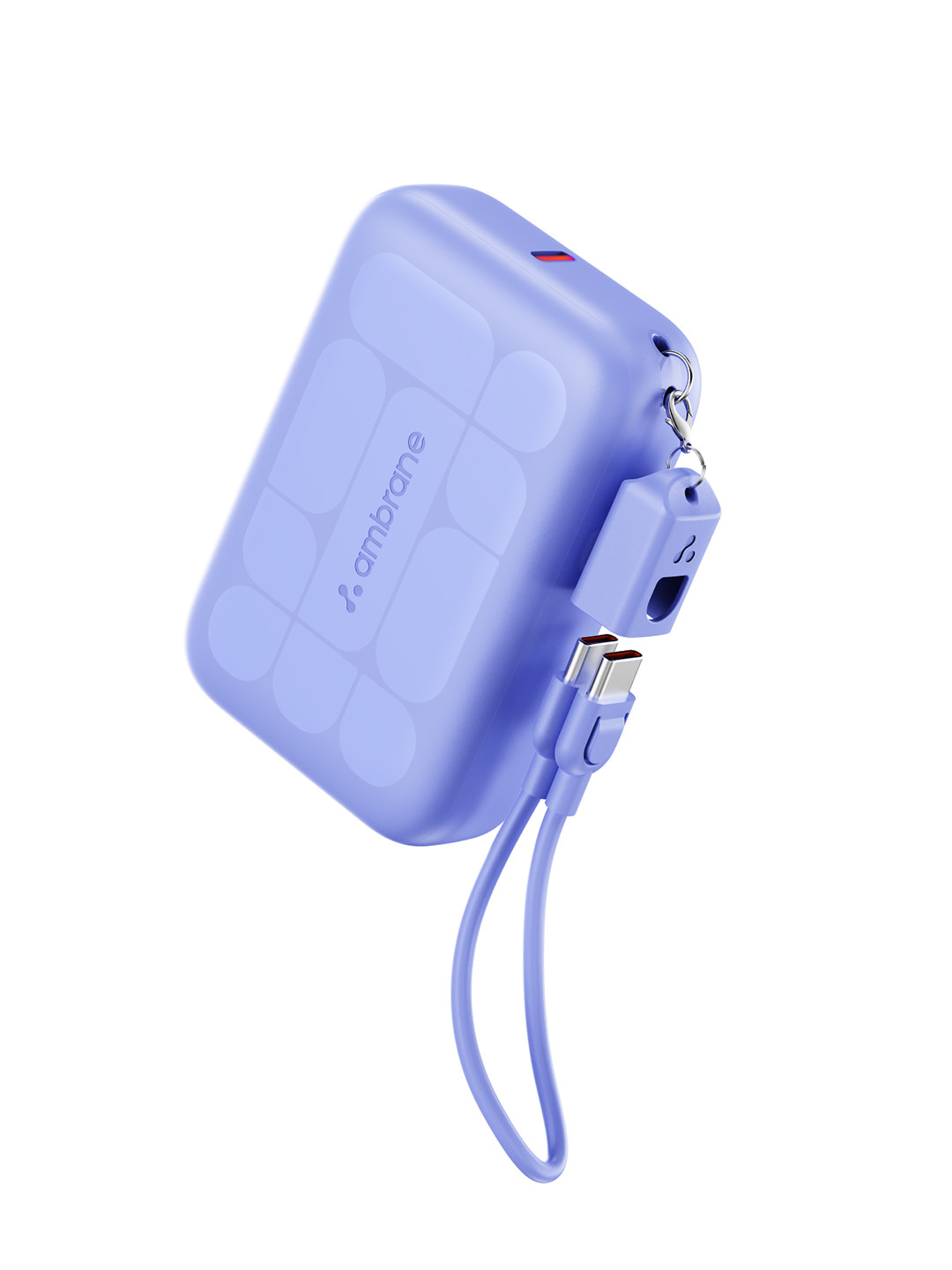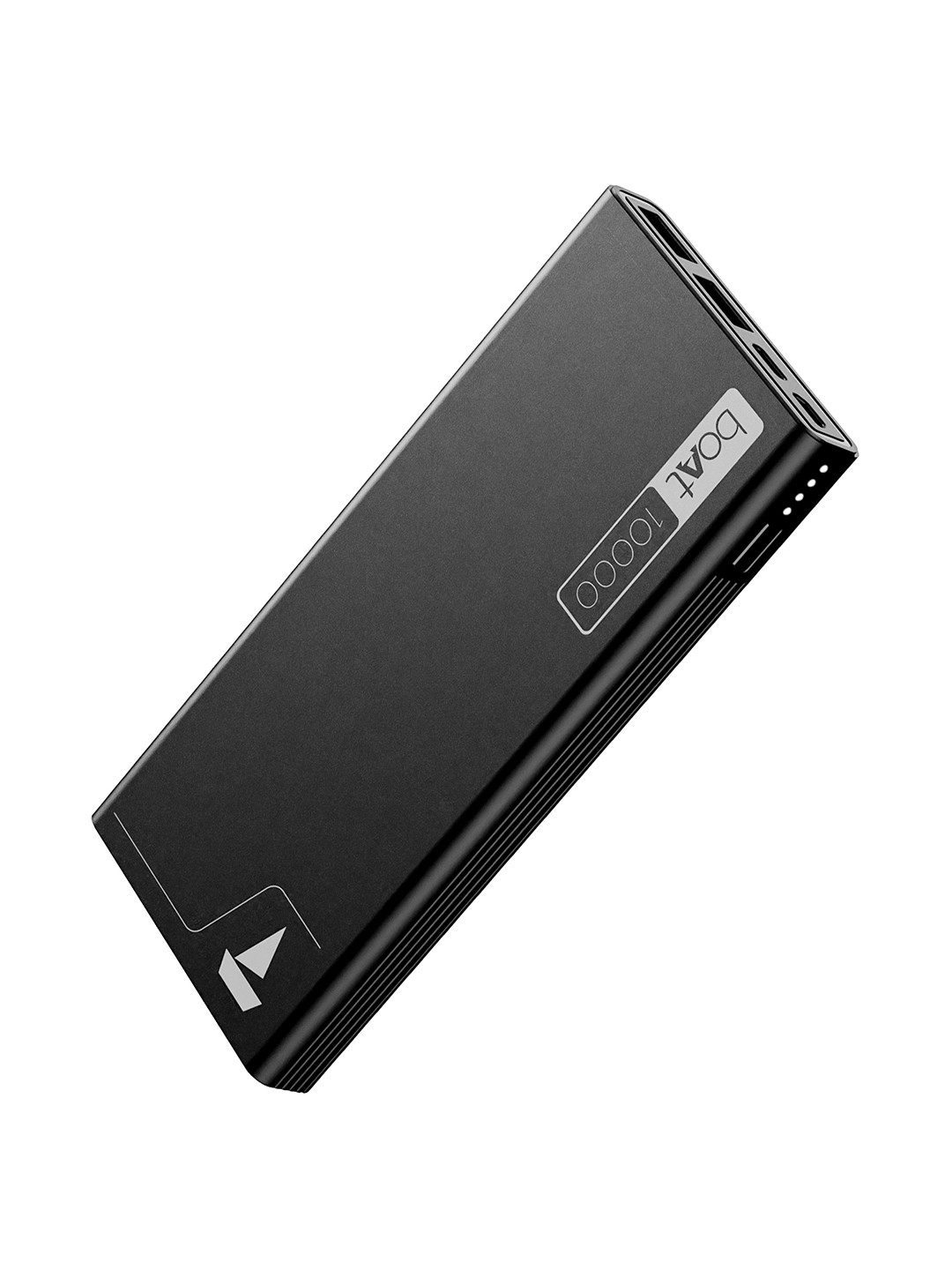How To Pick Best Portable Speakers For Home That Do Not Distort Audio At High Volume
A good portable speaker can turn a quiet evening into a party or make Sunday chores more bearable. But nothing ruins the mood faster than a cracking speaker. Here is how to choose portable speakers for home that deliver crystal-clear audio at high volume.

Best Portable Speakers for Home: How to Choose One That Will Not Distort Audio At High Volume.
Music has an uncanny way of slipping into daily life, whether it's playing softly while chopping onions, echoing through a balcony on a breezy evening, or thumping at a house gathering. A portable speaker makes this effortless. Yet, anyone who has ever pushed a budget speaker beyond its comfort zone knows the pain: the distortion, that tinny screech, and the feeling that the song has lost its soul.
Buying a portable speaker, then, is less about volume numbers and more about how well the sound holds together when it's stretched to its limits. Price tags, brand promises, and shiny ads often distract buyers, but beneath the glitter, a handful of practical features make all the difference. The following points break down these essentials in simple, relatable terms, so the next time you're about to part with your hard-earned ₹5,000 or ₹15,000, you'll know exactly what to look for. Here is how to choose portable speakers for home that deliver crystal-clear audio at high volume.

Find the Best Portable Speakers for Home That Keep Your Music Pure; Photo Credit: Pexels
1. Understand the Role of Drivers
Think of drivers as the heart of a portable speaker. They're the small units inside that push out sound. Bigger drivers usually mean richer bass, but size alone doesn't guarantee quality. For a speaker meant to fill a living room without cracking at high volume, look for multiple drivers handling different ranges, woofers for bass and tweeters for crisp highs.
A speaker with dual drivers often delivers a balanced sound, while some high-end ones even pack passive radiators to boost bass without eating battery life. If possible, test before buying. Play a familiar track and listen carefully when you increase the volume. Do the vocals stay clear? Does the bass stay tight rather than muddy? That's when you know the drivers are doing their job.
2. Wattage and Loudness Aren't the Same
Brands love throwing numbers like “20W output” or “40W powerhouse” in bold. While wattage indicates power handling, it doesn't always equal better loudness or clarity. What matters more is efficiency, the ability to use that power effectively.
Imagine two speakers: one 15W and another 25W. If the 15W speaker is well-designed, it can sound fuller and cleaner than the louder but poorly tuned 25W one. For a typical two-bedroom home, anything above 15W should comfortably handle gatherings. But the real test is whether it can maintain its integrity at top volume. A ₹7,000 speaker with efficient engineering often outshines a flashier, ₹12,000 model that relies on numbers rather than balance.
3. Look for DSP (Digital Signal Processing)
This is one feature often hidden in the fine print. DSP acts like a brain inside the speaker, adjusting the sound automatically to prevent distortion. Without it, you'll often hear bass notes blur or vocals shriek once the volume passes a certain point.
Speakers with good DSP maintain stability across genres, be it a Bollywood track with heavy beats or a soulful ghazal with delicate nuances. Many premium brands highlight this, but even mid-range models have started offering solid DSP support. Before buying, check if the specifications mention dynamic audio management or DSP. It may not sound glamorous, but it can be the difference between dancing freely and wincing at a cracking chorus.
4. Connectivity Matters More Than You Think
A great speaker with weak connectivity is like a perfect cup of chai gone cold, it loses charm. Bluetooth 5.0 or higher ensures a stable connection without sudden drops. Cheaper models often cut costs here, leading to crackles and interruptions, especially when you move across rooms.
If the speaker will be used mostly at home, also consider whether it supports Wi-Fi. Wi-Fi-enabled models connect directly to your network and stream without depending on Bluetooth range, making them steadier during parties. Extra options like AUX input, USB playback, or even SD card slots can save the day when your phone battery dips below 10%. It's the little details that prevent awkward silences when the music suddenly stops.
Also Read: JBL To Portronics, Bluetooth Speakers Under ₹5000 On Myntra Monsoon Sale
5. Battery Life and Charging Speed
Even if the speaker rarely leaves home, battery life matters. Imagine planning a Saturday evening gathering, only to discover the speaker gasping for charge halfway through. For home use, aim for at least 10–12 hours of playback. This doesn't mean you'll play music non-stop, but it ensures confidence that it won't die midway.
Quick charging is another underrated blessing. A 15-minute charge that gives an hour or two of playtime can be a lifesaver. Also, check if the speaker uses USB-C charging, as most phones now use the same cable, reducing clutter. Nobody wants to hunt for a rare charging pin when the mood is set for music.
6. Check the Build and Materials
A portable speaker is often moved around, kitchen, bedroom, terrace, balcony. A flimsy build won't survive these journeys. Solid casing, rubberised edges, and splash resistance add to longevity. Even if the plan isn't to dunk it in water, accidental spills or a glass of lassi tipping over shouldn't be the end of its life.
Look closely at the mesh covering the drivers. A strong metallic grill offers better protection than thin fabric. Good build doesn't just protect; it also influences sound. Poor materials vibrate unnecessarily, adding their own “buzz” at high volumes. A sturdy design keeps everything tight, letting only the music resonate.

Find the Best Portable Speakers for Home That Keep Your Music Pure; Photo Credit: Pexels
7. Portability Isn't Just About Weight
While the word “portable” often suggests something lightweight, it's more about how comfortably it fits into daily life. A speaker that weighs slightly more but has a built-in handle is far easier to move around than a smaller one shaped awkwardly.
Consider your home layout. If you like listening while cooking and then carrying it to the balcony later, a handle or strap makes a big difference. Compact doesn't always mean practical; a speaker that keeps sliding off surfaces or requires careful placement can be more frustrating than a bulkier, stable one. When shopping, hold it, feel the weight, and imagine carrying it between rooms, that's the true test.
8. Sound Signature and Personal Taste
No two pairs of ears enjoy sound the same way. Some love booming bass that shakes the windows, while others prefer vocals crystal clear above everything else. Before buying, identify your own preference.
A speaker described as “bass-heavy” might sound thrilling for party tracks but could drown out the subtleties of a sitar. Balanced sound signatures, where bass, mids, and highs are all equally present, usually suit diverse playlists. If you're spending above ₹10,000, insist on testing different models with your favourite songs. Remember, reviews and ratings help, but your ear is the ultimate judge.
9. Brand Service and Warranty Count
Even the best speakers can occasionally act up. What saves frustration is reliable after-sales service. A brand offering at least a one-year warranty and easy service centres nearby is worth considering. Lesser-known brands may lure with attractive pricing, but if a driver fails, getting it repaired may cost almost as much as the original purchase.
Before purchasing, quickly check the brand's service reputation online. A friend who once had to courier a faulty speaker to another city for repairs will confirm how annoying this can be. A slightly higher price tag feels justified when peace of mind is included.
10. Balance Price with Long-Term Value
Portable speakers are available from ₹1,500 to ₹25,000 or more. The temptation to grab a cheap deal is real, but in most cases, low-cost models start distorting sooner than later. Think of it as an investment. Spending ₹8,000–₹12,000 for a sturdy, distortion-free speaker that lasts three years makes far more sense than replacing a ₹2,000 one every year.
Also, consider the features bundled in, water resistance, longer battery life, and quality drivers often justify a higher price. The trick is not to splurge blindly, but to calculate value. In the long run, the right speaker saves both money and nerves, ensuring every beat and lyric sounds the way it was meant to.
Products Related To This Article
1. Mivi Roam 2 Bluetooth 5W Portable Speaker
2. JBL Go 3
3. Portronics SoundDrum 1 12W TWS Portable Bluetooth Speaker with Powerful Bass
4. Zebronics ZEB-COUNTY 3W Wireless Bluetooth Portable Speaker With Supporting Carry Handle
5. boAt 2025 Launch Stone Arc Pro
Music deserves justice, and nothing short of a clean, distortion-free sound does it. Choosing the right portable speaker for home isn't about hunting for the loudest one; it's about finding that perfect balance of clarity, durability, and comfort. Whether it's a quiet morning raga or an evening of energetic dance tracks, the right speaker adapts effortlessly without making your ears cringe.
When shopping, think beyond flashy ads and big numbers. Trust your ears, check the build, weigh in the features, and see how the speaker feels in your hand and in your home. Do this, and you'll end up with not just a gadget, but a companion that lifts everyday moments with the power of music. Shop now on Amazon.

























